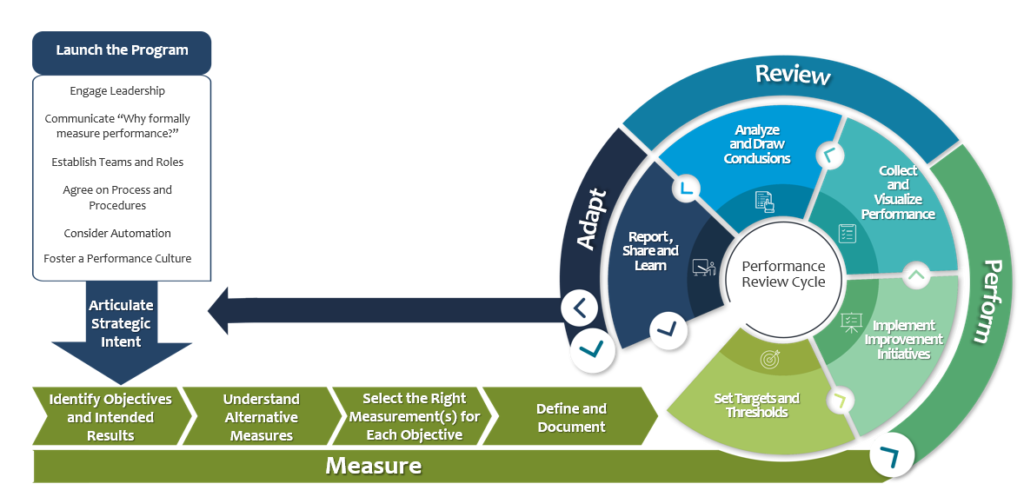The focus of most strategy and measurement efforts used to be long term. We encouraged clients to step back from the day-to-day whirlwind of daily operational activities and firefighting and think about desired long-term objectives. The word “impact” implies this more reflective thinking.
But the strategic environment has changed quickly for many of our clients, causing them to rethink this attitude to better react to what is being called the “right now” world. Whether it is post-COVID changes, political turmoil, inflation, or the tragedy in Ukraine, some clients are being forced to adapt to threats like never before. And some technology clients have long insisted that strategic agility was an absolute requirement for their success.
So how should a strategy or measurement professional adapt to this new environment? As usual, the most important factors are either related to culture or process.
Culturally, organizations must think of strategy and measurement in terms of general principles rather than absolutes. Strategy is not an event. Strategic thinking is a skill that can be applied to any endeavor over just about any time frame. As many OKR experts such as Felipe Castro and Dan Montgomery will point out, if our old static 5-year strategic plan is no longer useful due to a rapidly changing world, the principles of connecting dots and articulating desired strategic outcomes need to be applied in a more iterative manner that that can be used to validate (or not) shorter-term strategic hypotheses. If top-down culture and long feedback cycles are not effective anymore, use those articulated desired outcomes to create shorter-term alignment and faster performance cadences. Measurement and reporting need not be relatively static exercises done by the special few at the organization level. They are skills that should be taught to all managers and supervisors so that they can effectively do their daily job.

Of course, most improvement happens at the process level. BSI has a new KPI development process, called the Measure-Perform-Review-Adapt (MPRA) model. While we will be announcing more about that model at a later date, the key point for this blog is that the new model places the emphasis on a regular cycle of review and adaptation. We start by articulating and communicating strategic intent before measures are considered, selected, and defined. Then in the Perform-Review-Adapt cycle the organization has a chance to react quickly to changes in the strategic environment or reforecast targets for the next quarter. For many of our clients that were in the habit of setting their KPI targets and then forgetting them, this review cycle is the missing discipline needed to keep their teams on track and to get things done. It borrows the key principle from the agile world that assumes that we cannot possibly know everything about what we want at the beginning of the process and so need discipline around learning and adaptation.
To learn more about our general approach to KPI development, check out our KPI Professional certification program.
David Wilsey is the Chief Executive Officer with the Balanced Scorecard Institute and co-author of The Institute Way: Simplify Strategic Planning and Management with the Balanced Scorecard.

